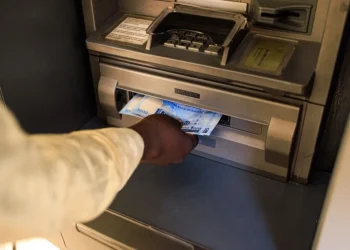Following the outbreak of coronavirus around the world, most people have resorted to video conferencing to work from home, have businesses meetings and engage in several other activities which requires group gathering.
It’s no surprise that Zoom has become the platform of choice during the COVID-19 crisis. However, Zoom’s lack of security and privacy are no secret at all. The makers of the app even admitted that its rapid growth in user numbers have led to increase in security and privacy issues. Despite Zoom’s recent steps to address its security and privacy, the issues still linger.
It seems nearly impossible to trust Zoom, but since there’s no better option, we just have to use it ‘discreetly’.
Below are some recommended step you can take to secure the video conferencing service from bombers:
Keep up to date
One of the important steps you can take is to make sure you keep any installed version of the Zoom mobile or desktop app up to date. According to security researcher Sean Wright, “it helps to lower your risk of compromise”.
Use passwords to protect your meeting–and never share your meeting ID
Using a password protection helps prevent Zoom bombing (a situation whereby an uninvited guests crash into your meeting or chat).
Also avoid sharing your meeting ID and password online. People often post the Zoom meeting number online, and without any protection, bombers can simply enter and do their worst.
Wright also advises disabling the option “Embed password in meeting link for one-click join” and enable “Require password for participants joining by phone.”
In the Admin > Advanced section: Enable “Hide billing information from administrators; and consider changing the length of the Host Key to 10 numbers to make it harder to guess.
Enable “Sign in with two-factor authentication
It is highly recommended especially for business Zoom users to enable “Sign in with two-factor authentication” and enable this for “All users in your account.”
Use waiting rooms
Another way to stop Zoom bombers from entering your chat or meeting is the use of waiting rooms. This allows the host to screen everyone entering the meeting to ensure no one uninvited can get in. In addition, set the screen sharing to ‘host only’ and disable file transfer.”
Have a single host
It’s a good practice to have only one host to manage the meeting participants. The host controls the camera and mute options, he ensure participants can’t share their screen without approval. In case of an uninvited guests or troublesome participant, the host can disable the user.
Beware of phishing
This leads to a security risk for Zoom users, it is when attackers use links to lead people to malicious site to download malware or enter details. You should always be careful when clicking on any meeting invite links.
If you are ever suspicious, just copy the ID from the link provided and enter it in the official application to join.








